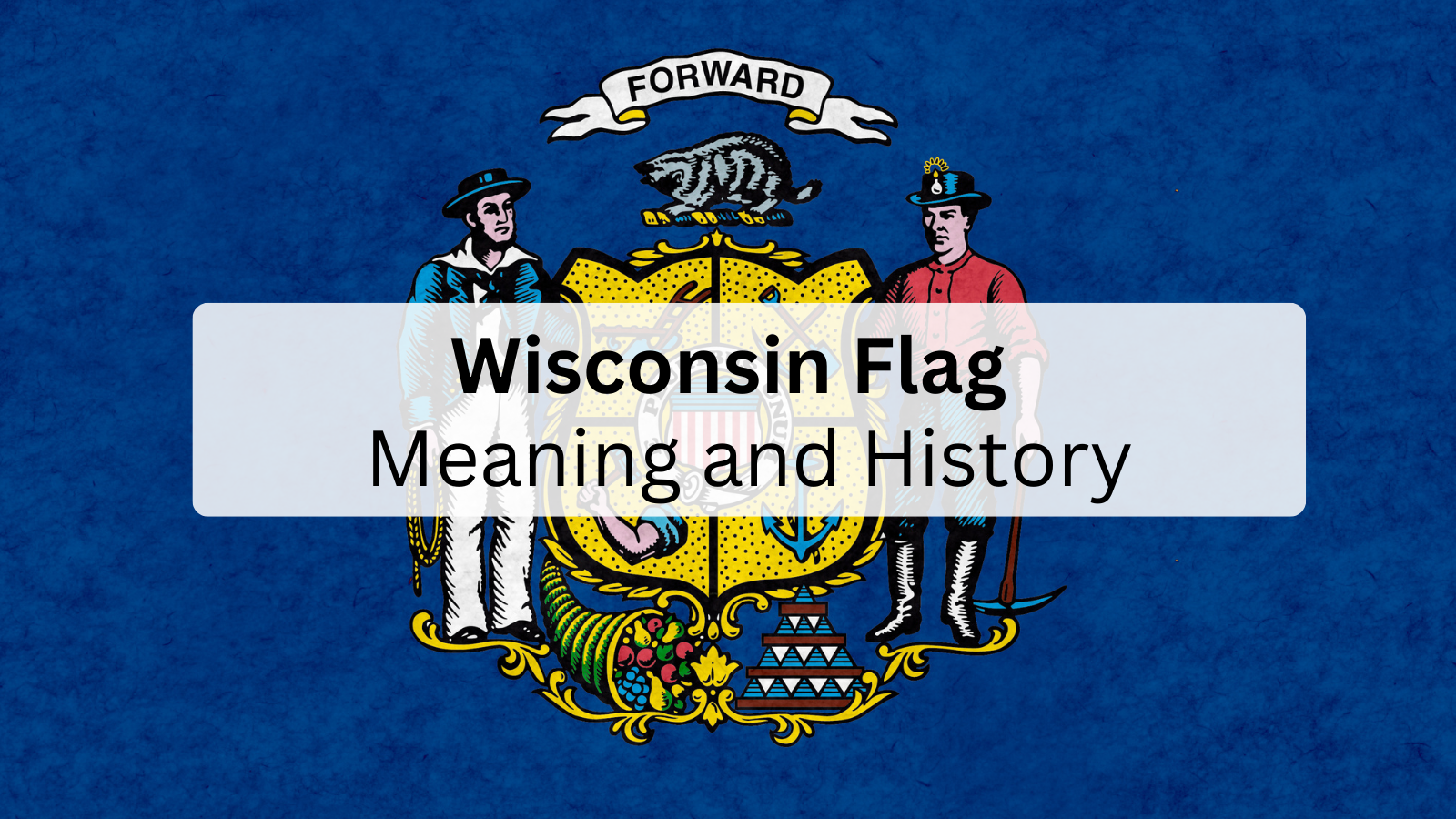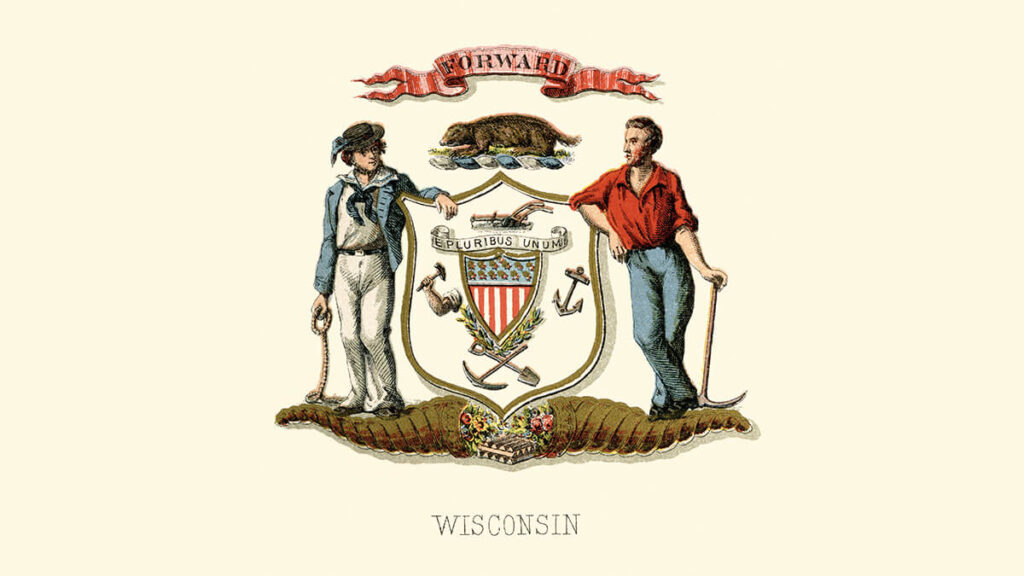Wisconsin Flag: Meaning, Symbols, and History
Known as one of the worst-designed state flags, the Wisconsin flag nearly tops the list according to NAVA, a group dedicated to the study of flags. But beyond its unappealing design, the flag tells a story about Wisconsin’s past and the people who built it. In this guide, we’ll uncover the meaning behind its symbols, the history of the flag, and the controversies surrounding its design.
Planning a move to Wisconsin? We’d love to help. Muberr is a locally owned and operated moving company, ready to assist with your next move. Whether you’re moving across town in Appleton, Green Bay, Door County, or anywhere across the state, we’d love to be your mover. Call us at 920-662-4863 or fill out this online moving form, and one of our friendly Sales Consultants will reach out soon.

Plan your next move with Muberr.
Table of Contents
ToggleThe history behind Wisconsin’s State Flag
The Wisconsin flag has evolved over the years, with various design changes along the way. The first official Wisconsin flag was introduced in 1863 during the Civil War. It was created so Wisconsin troops could be easily distinguished in battle.
Why was 1848 added to the flag?
The year 1848, added to the flag in 1979, marks the year Wisconsin was admitted to the United States as the 30th state. This addition helped distinguish the Wisconsin flag from the many other blue state flags, as the original design was considered too generic.
What do the symbols on the Wisconsin flag mean?
The symbols on the Wisconsin flag have remained largely consistent since its original 1863 design, which features two men standing next to a coat of arms with a badger above them. While the design has stayed mostly the same, it has been criticized for being overly cluttered and costly to produce due to its many details.
Who are the two men on the Wisconsin flag?
The two men represent a sailor and a yeoman (a landowner). The sailor symbolizes labor on water, and the yeoman represents labor on land. Together, they reflect Wisconsin’s history of manufacturing, farming, and navigation.
What does the badger on the Wisconsin flag represent?
The badger is Wisconsin’s state animal. It symbolizes the miners who first settled in the state, as well as strength and determination.
What do the anchor, pick, and shovel symbolize?
These symbols reflect Wisconsin’s industries and values: the plow represents agriculture, the pick and shovel represent mining, the arm and hammer stand for manufacturing, and the anchor represents navigation.
FAQ
Is Wisconsin changing its flag?
There are no official plans to change the Wisconsin flag, though debates and redesign proposals have surfaced over the years.
Wisconsin Flag Colors: What They Represent
The blue field symbolizes loyalty and justice. Gold and other colors highlight Wisconsin’s prosperity, agriculture, and rich history.
Why does the Wisconsin flag say 1848?
1848 is the year Wisconsin was admitted to the United States as the 30th state.
Who are the two men on the Wisconsin flag?
They are a sailor and a yeoman, representing labor on water and land.
What does the badger on the Wisconsin flag represent?
The badger represents the first settlers who came to Wisconsin and is also the state animal.
What do the symbols on the Wisconsin flag mean?
The two men symbolize labor on water and land. The badger honors the state’s settlers and serves as its mascot. The cornucopia represents prosperity. The 13 lead ingots symbolize the original 13 colonies and Wisconsin’s mineral wealth. The shield features the United States coat of arms, while the plow, pick, shovel, arm and hammer, and anchor represent agriculture, mining, manufacturing, and navigation.
What are the colors of the Wisconsin flag, and what do they represent?
The blue represents loyalty and justice, while gold represents prosperity and agriculture.

